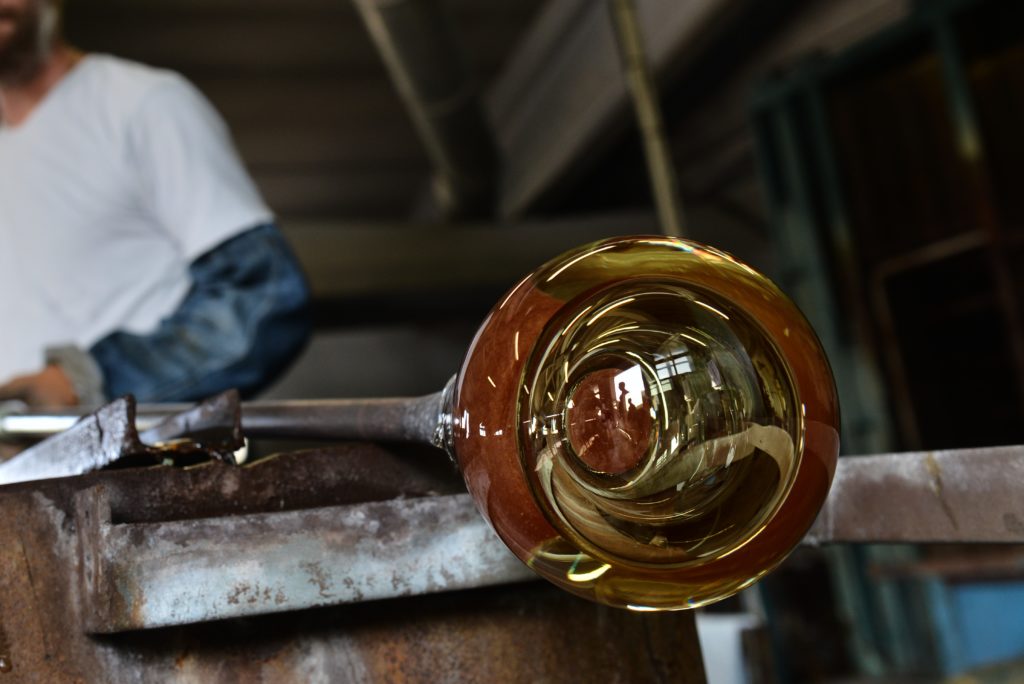Over the past few days I’ve been working on completing an export development project that I am happy to share with you.
It is for a very small, family-run business in the artistic/blown glass sector who offer their own line of products (the market for which is shrinking) as well as being sub-contractors of craftsmanship products – especially for American buyers. This is where their main business comes from but the problem is that there are only three customers, therefore, when one of them reduces their orders it hurts the company. The business employs 10 people – of which only one of whom works in the office and who handles everything that does not concern production. So…very little sales activity.

Photo by Marco Sabadin
In collaboration with FarExport, I implemented a six day export development project with them where I did the following:
- Definition of a strategy and choice of target markets: we were at a crossroads: do we give impetus to our product or do we offer ourselves as an excellent sub-supplier? Choosing to be realistic we decided to follow the second path, aware of the investments that would have been necessary to make towards the products, sales and marketing that the first option involved. After a brief analysis we identified the Western European markets as our best targets.
- Website renewal: The company accepted my advice to rely on professionals to redo it from scratch, to translate it into two languages and to add some quality photos. Now we have a beautiful showcase where we can tell the world that we are excellent craftsmen, that we perfectly understand the needs of the buyers and that we are proactive, putting our thirty years of experience at their disposal.
- Search of potential customers: At this point my work focused primarily on finding companies who – through an analysis of the products on the website – could be interested in our goods. Oftentimes I am even able to find out the names of the product managers through social media.
- Initiating contacts: I prepared a good sales pitch and a brief e-mail with a link to the website and then began calling. I immediately found someone interested.
- First order: An English company wanted more information. They invited us to sign a non-disclosure agreement, sent the designs of 6 products and asked for quotes; then ordered samples. We have achieved our objective!
- Passing the baton: Who will maintain touch with this customer and the other contacts in the future? One of their long term American clients has an Italian freelancer in-country who manages all the suppliers based in the bel paese. The company has a good relationship with this person and I suggested that he be involved in the project. They accepted and we began an agency collaboration.
Selling your own product is everyone’s dream but often you need to be realistic so, let’s lock the dreams away for the moment. The export development project was successful here because the company kept its feet on the ground and allowed itself to be guided. They agreed to invest in the website, using professional translations and some photographs made by an expert photographer. And finally, after just two days of calling the various contacts – and regardless of the planning made in advance – a bit of luck with a capital “L” helped us find a client.
